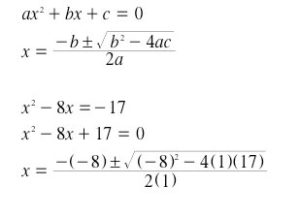
Just like anything, there’s good and bad in the new international golf handicapping system that will be rolled out in 2020. The good part is that, (theoretically), any round at course anywhere world wide can be included and equated on a basis that’s a fair match for the combatants.
Theoretically…
There are some ridiculous loopholes though. First, I’ve never liked equitable stroke control. What you shoot is what you shoot, and big numbers are part of the game.Every bogey golfer is prone to the blow up hole or two, and minimizing those mistakes is part of becoming a better golfer and part of a player’s career arc. This is just one of the ways the old rules and the new rules put too much emphasis on allowing handicaps to go down, but not accurately reflecting when handicaps should go up. In truth, your golf handicap is really a reflection of the best golf you can play, not what you truly shoot.
The second thing I dislike is this idea that you can adjust a score based on the weather, conditions, and set-up for that day.Who gets to decide? Where do you draw the line? Will you reduce for windy days? Days with low dew point? What if it only rains half the day? Does the “adjustment” readjust when the conditions actually readjust or could someone benefit from the sun coming out later in the day and drying the course out, yet they get a free “adjustment?” Also – get this – you have to post your score the day you played to get the “Weather Bonus.” It doesn’t count if you forget to post until the next day. How fair is that? This is getting silly…we’re golfers, not actuaries.
There are two good changes: now you only need five rounds in order to qualify for having an official handicap. And now they have increased the highest possible handicap you can have from 36.4 for men and 40 for women to 54.
At the end of the day, your handicap should stay within a few decimal points of where it is right now. The best thing for you to do right now is go over to Dean Knuth’s Pope of Slope website and he will teach you how to tell if you might be getting sandbagged. Dean is a former Navy and NASA guy, turned USGA math guru. When it comes to knowing if you’re in a fair tournament or not, this is all you need.
I got sandbagged once…and it will never happen again, or at least not go unchallenged. A guy invited me to play with three friends at Firefox in Syracuse in 1996 or so. I was an 18, and the other three guys were – supposedly – a 12, an 18, and a 24. I lost $60 that day. $15 each to the 12 and the 18, and $30 to the 24 handicap. I never played with them again, and it was the 24-handicap guy that convinced be they cheated me. I pressed him on the 16th tee. 16, 17, and 18 are the three hardest holes on the back nine, perhaps on the entire course.
That “24-handicapper” went natural par-par-par, hitting two of the greens in regulation, for net birdie-birdie-eagle.Not possible. A 24-handicap almost never breaks 100, let alone strings three pars, and certainly can’t string three pars in the clutch with money on the line after being pressed.
As Dean Knuth likes to say, I guess I have a USGA handicap, and they don’t.


